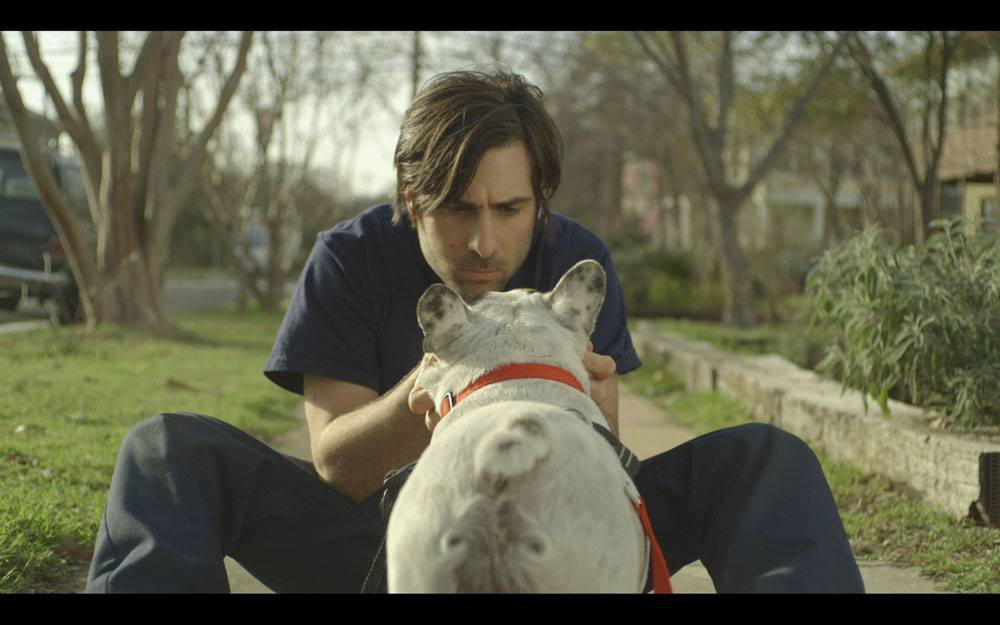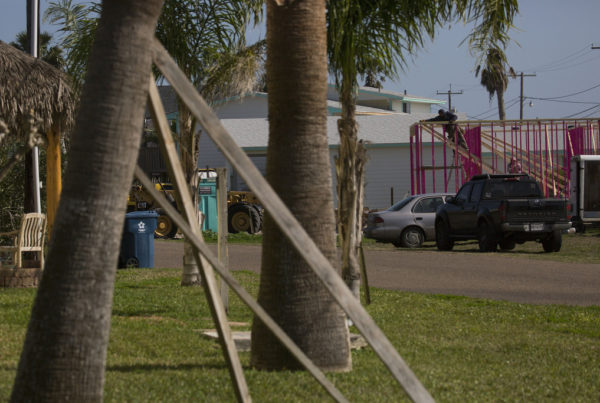This week brings good news – and bad news for the Texas film industry. Let’s start with the good. Austin-based director Bob Byington’s “7 Chinese Brothers” is expanding its theatrical release.
The film is mopey and charming and Byington says it stars Jason Schwartzman’s French bulldog “Arrow” almost as much as it stars Schwartzman himself.
“We found that Arrow was very compelling,” Byington says. “We would train the camera on him and I have a meter in my head, I can tell when we’re getting footage that we can put in the movie and the meter was running when we were shooting Arrow.”
Byington shot “7 Chinese Brothers” in Austin and used a lot of local crew and talent, though Byington admits the “big name” pool around here is pretty shallow.
“There are good actors in Austin but there aren’t a lot of stars,” Byington says. “And so you tend to go to L.A. and New York to get your stars. That seems to be the biggest restriction to me.”
That’s one challenge for the Texas film industry. Other than that, Byington says there’s almost nothing you can’t get done here for a film… almost.
“Well there are facilities in L.A. to finish your movie that we have here but I think they have a couple more bells and whistles in L.A.,” Byington says. “And again the technicians who live in L.A. — potentially there’s a pool there. But I know Austin is functioning and growing in that department.”
But now for the bad news: cuts to incentives to filmmakers to do their work in Texas could limit that growth. This week, the changes go into effect — dropping that funding to just a third of what it’s been.
“Those in the industry have aspirations of having a bigger film scene and I think it would be great,” League says. “But it’s really hard to compete when we don’t have the support of the state government.”
That’s Tim League — owner the Alamo Drafthouse theatre chain and more recently involved in producing and distributing films.
“We’re surrounded by states that understand the financial benefit of having a strong film production community and it’s tough to compete financially,” League says. “So when films are looking at where they can shoot, there’s a lot of pros to shooting in Texas, not just because it’s awesome here. But they can get more bang for their buck out of their budget in Louisiana or Oklahoma or Arizona or New Mexico and those states can easily masquerade as true Texas — even if they’re not.”
And that’s exactly what Austin Film Festival Executive Director Barbara Morgan says is happening in some cases.
“I have heard many instances of people who wanted to shoot in Texas but they’ve found money somewhere else and that’s disappointing,” Morgan says. “I mean it’s a little heartbreaking to hear that when you hear people talking about something that’s set here and then moves to Atlanta.”
But of course not everyone makes all decisions based on incentives. That’s certainly true for Director Bob Byington — who says they’ve proven in the past to not be worth the extra effort.
“We’ve tried to get projects off the ground in places like Louisiana, Oklahoma and New Mexico and we kind of end up back here after a little bit of research and kind of getting a feel for the numbers — we end up back here.”
And that’s what Texas industry folks hope filmmakers will continue to do. But even if there comes a slowdown in feature filmmaking, Barbara Morgan sees a possible bright spot.
“We’re getting a lot of other business — we’re getting TV — and maybe that will be something that we just morph into,” Morgan says. “The industry is changing so much and I feel like this is a place where we could be at the forefront of a lot of things and it’s just a matter of how everything falls out. Some of that’s money but not all of it. Some of it’s creativity.”
So while you can bet Texas film industry advocates will be pushing hard for more incentive money in the next legislative session — for now — they’re hoping that creativity will help the good news outweigh the bad.


















